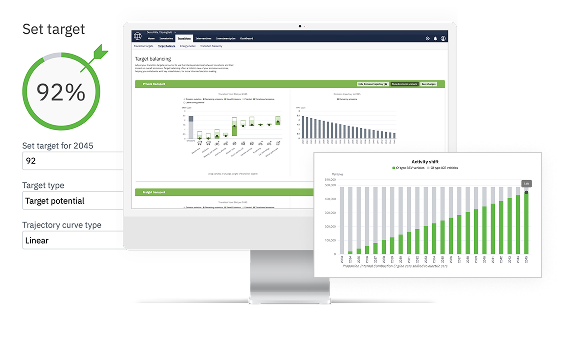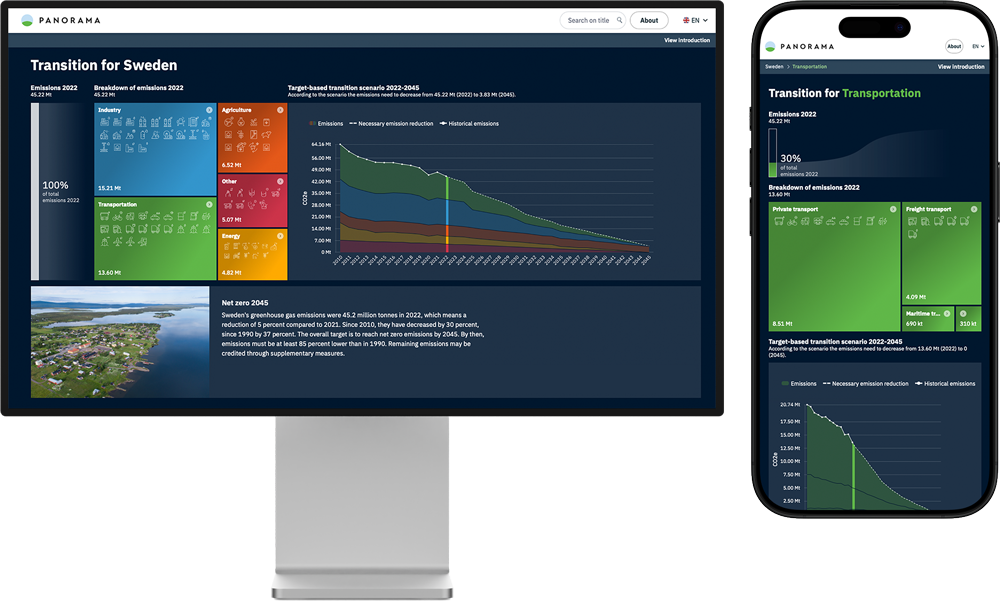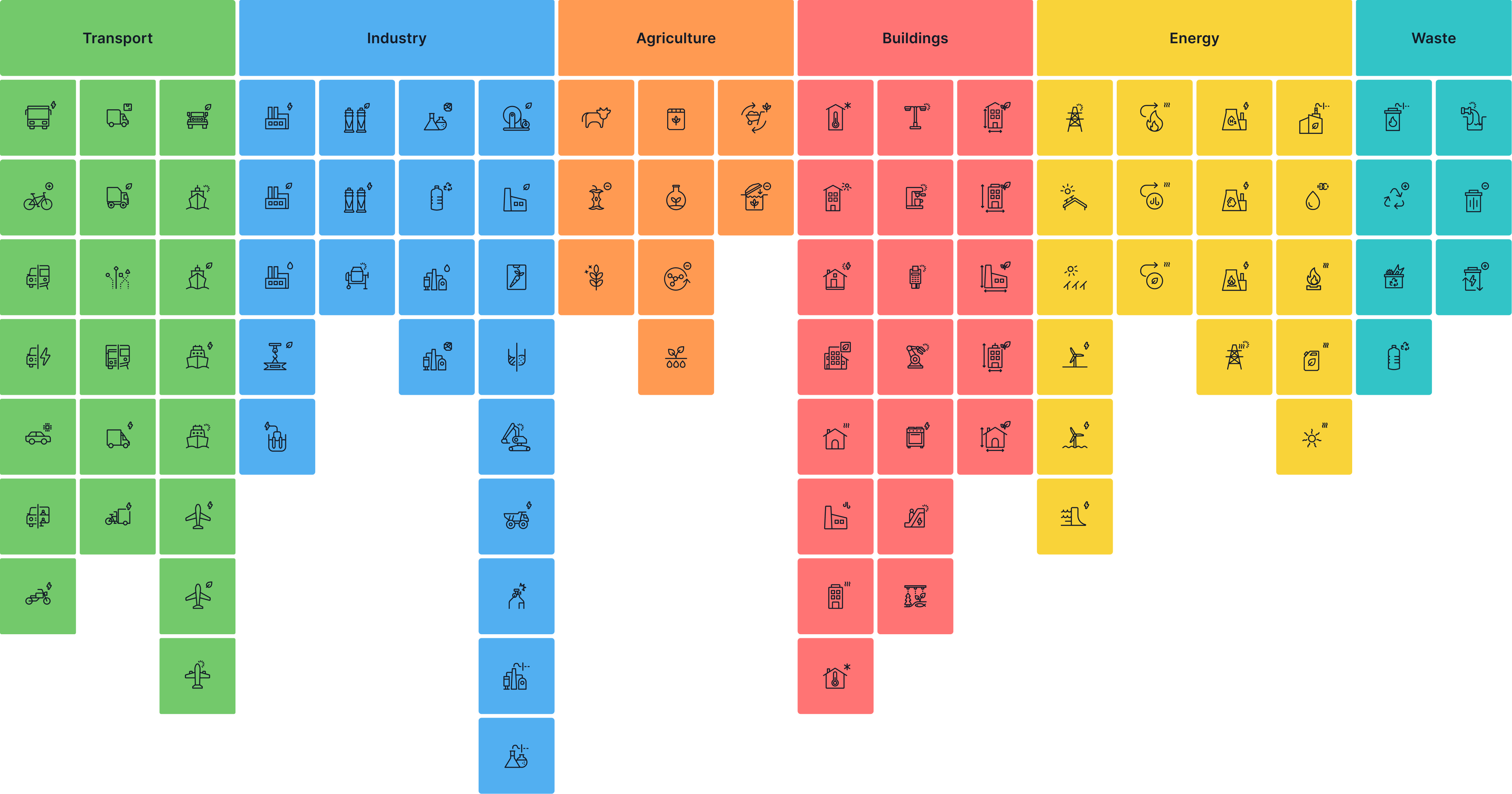ClimateView
Shared transition intelligence

The strategy platform for urban climate action

Local governments use the ClimateView Platform to plan, execute and track effective climate action across their jurisdictions.
Explore Platform For U.S. jurisdictions: Explore ClearPath 2.0
News
Cases
Serving 300+ cities
and regions.
From Dortmund to Cincinnati:
Aligning data and people to move forward.
Explore CasesSolutions
Solutions tailored to meet cities' needs.
ClimateView offers structured and actionable solutions tailored to address specific needs of a city, region or nation.

Local Climate Action Plan (LCAP)

Energy Transition Plan

Sustainable Urban Mobility Plan (SUMP)

Comprehensive Climate Action Plan (CCAP)

Platform
One platform powering the entire transition.
ClimateView’s platform is modular, flexible and iterative in nature. It turns complex data into clear, actionable insights.
Explore Platform
Partners
Partnering for a sustainable future.
By combining our platform with guidance from leading partners, we deliver comprehensive solutions that create measurable change.
Explore Partners


Open Source
Built on science
and physics.
The platform is built on the Transition Elements Framework (TEF), an open-source initiative by ClimateView that extends the work of the IPCC.